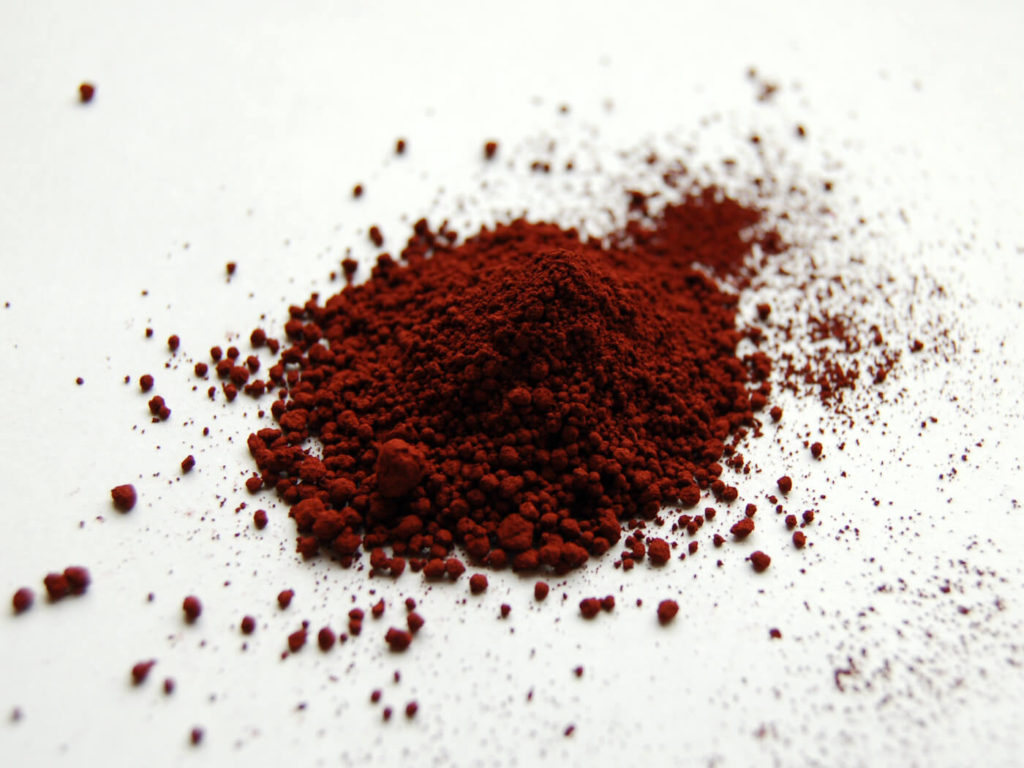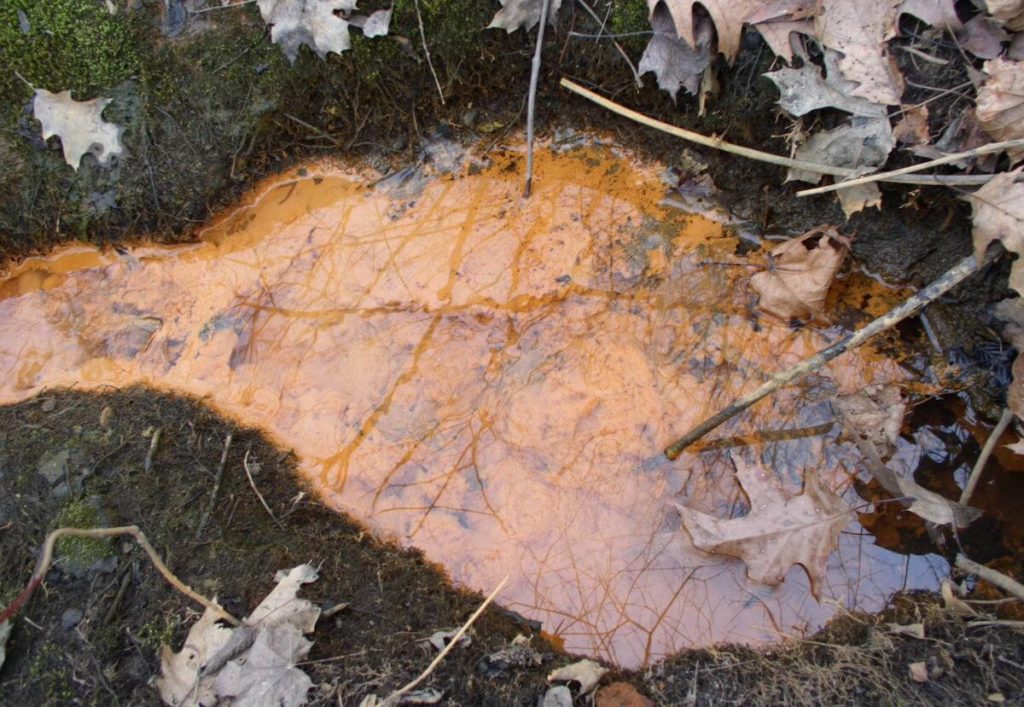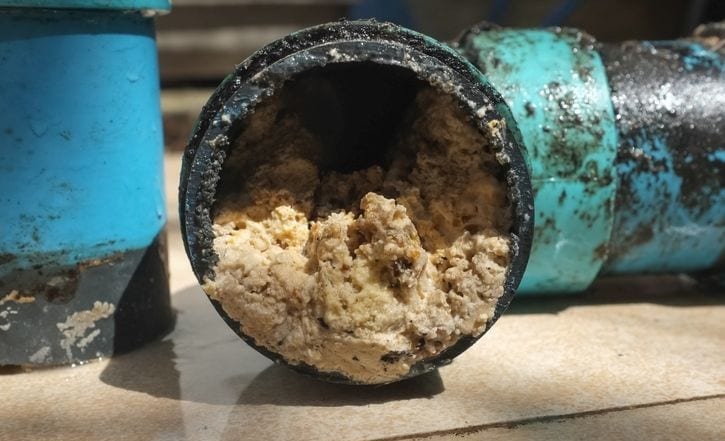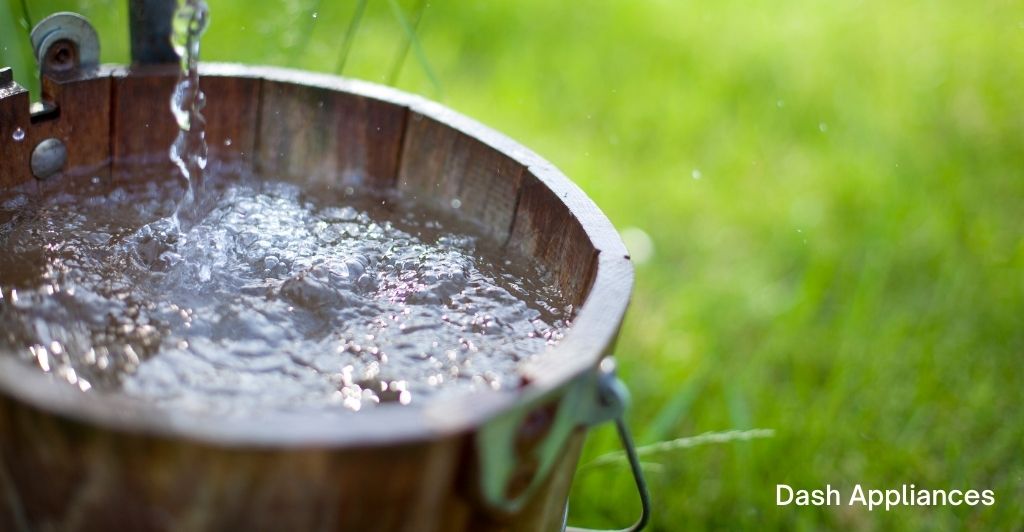Iron is a very common contaminant that is often found in well water. It is very easy to spot iron as it leaves its marks in the form of orange-colored or muddy-colored stains or foul tastes and discoloration. Iron can prove to be harmful to your health and hence, it becomes vital to get rid of it from your drinking water.
Iron comes in different forms and there is a different way to get rid of each form. In this guide, we shall discuss ways in which you can eliminate iron from well water.
How to Remove Iron from Well Water?
To treat iron effectively, you need to figure out its form and then treat it appropriately. In this section, we are going to discuss the different forms of iron and how you can eliminate them.
Iron Forms
- Ferric Iron: Ferric iron turns water yellow or red in color.
- Ferrous Iron: When the water is contaminated with ferrous iron, it appears clear in the beginning but then it turns brown or red.
- Organic Iron: Organic iron can be colorless or is brown or yellow.
Water Treatment
1. Ferric Iron
For the removal of ferric iron, iron filters are commonly used as they can easily treat red water. If the levels of iron in water exceed, you can start with the process of chemical oxidation or aeration for high efficiency.

If the iron is present in small quantities, carbon filters, water softeners, or sediment filters can effectively get rid of it.
2. Ferrous Iron
Clearwater iron can easily be removed by iron filters or water softeners. The most common method used to get rid of ferrous iron is the use of a quality water softener.
A quality water softener can get rid of up to 10 mg per liter of iron. However, 2-5 mg/L of iron is removed by most softeners.
Water softeners eliminate magnesium and calcium and iron also gets removed along with them. If the iron is present in larger quantities, it is suggested to make use of an iron filter as a water softener won’t prove to be highly effective.
3. Iron Bacteria
Iron bacteria are living organisms that make use of iron for survival. While they go through this process, these bacteria produce iron deposits along with brown or red-colored slime known as a biofilm.

These organisms do not harm us but they can make the problem of the presence of iron in the water much worse. They occur in groundwater and soils and they can get into the well water during its repair or construction.
4. Organic Iron
When it comes to organic iron, water softeners, iron filters, or aeration systems might fail to do their job. To eliminate organic iron, you can opt for the process of chemical oxidation followed by iron filtration.
Reverse osmosis and distillation are also great ways to get rid of iron as they can eliminate all forms of iron. You should opt for a complete home treatment system if there is a lot of iron present in your water.
How Does Iron Make Its Way Into the Well Water?
Mainly, iron makes its way into our well water through the earth’s crust. Iron is abundantly available in the crust of our earth. This iron gets dissolved and goes into underground aquifers whenever it rains.

Iron then enters the well water through the snow as when it melts, it goes into the groundwater supplies of our earth and it takes iron with it.
Iron is known to be a very common natural resource on earth and it makes up more than 5% of the crust. This makes the presence of iron in our well water very obvious as no matter how nicely you maintain your well, iron will manage to get into it in some way or the other. You will often find iron present in 3 forms:
- Bacterial Iron
- Ferric Iron
- Ferrous Iron
Each form of iron requires a unique process of elimination. Moreover, exposure to corroded or rusted plumbing can also be a reason for iron to enter your well water. Old pipes often leave orange stains on the drains and iron casings present inside the well will also rust with time. When exposed to water and oxygen, iron deteriorates and oxidizes as well.
This happens because iron breaks down and turns into rust when it is exposed to these elements for long periods. You can simply fix this problem by changing the pipes whenever necessary.
How Does Iron Contaminated Water Affect Your Home?
Even in small quantities, iron in water has the ability to frustrate you as it will reduce your home’s water pressure, clog pipes, make tea and coffee taste bad, stain your appliances, and affect your home in various other ways.
In this section, we shall discuss how iron contaminated water can affect our home.
1. Clogged Pipes
Iron residue can prove to be a headache as when it continues to flow through your plumbing, it will start restricting the flow of water all across your home.

This will further impact the water’s pressure causing the toilets and sinks to clog and adversely impact the working of your household appliances. It will also make the pressure of the showerhead drop.
If your home is contaminated with bacterial iron, your problems will elevate as it is nastier in terms of clogging. Bacterial iron will leave thick globs of slime in your pipes and it is also risky for the environment as it allows pathogenic bacteria to thrive in your home.
2. Appliances
Iron is infamous for leaving stains wherever it goes. The appliances at home that come in contact with the well water at your home are bound to be discolored due to the presence of iron. Your toilet bowl will also get colored with streaks of orange.
The drains and your sink will be covered with shades of yellow and red. Slight discoloration may make an appearance in showers and bathtubs. Not to forget, iron water will have an impact on your clothing and dishes.
3. Hair & Skin
Iron can stain your hair and skin the same way it stains your appliances. These staining properties of iron affect our body as well. Showering with iron water will make your hair orange and it will also make your hair brittle.
Iron holds the ability to make your hair appear lifeless. Iron can also make your skin reddish and it can make your skin feel extremely dry. Iron can also contribute to skin problems like acne and eczema.
4. Metallic Water
Water contaminated with iron often gives a metallic aftertaste and it will also turn your water into weird colors. Your water can also carry a very sharp and unpleasant odor because of iron.
Drinking iron-rich water means that you’ll go to pour a fresh glass of water in the kitchen only to end up filling your glass with yellow, orange, or red-colored water.
Moreover, iron will also make your water-based drinks smell and taste bad. Even boiling vegetables and pasta will become a hefty task as the iron will make your food taste earthy.
Is Iron Contaminated Water Harmful?
When consumed in fewer quantities, iron won’t have a bad effect on your health. According to the EPA, iron is a secondary contaminant.
Secondary contaminants mainly have cosmetic and aesthetic issues such as stains and foul tastes. However, these contaminants are not considered to be harmful when consumed.
Moreover, iron is an essential mineral required by our body. It boosts the production of RCBs in our body and it also helps the transportation of blood all across the body. Iron-rich foods such as lentils, spinach, and eggs fulfill our body’s iron requirements.
However, the consumption of iron in high concentrations can prove to be toxic. It can lead to weight loss, lethargy, liver cirrhosis, and confusion.
Conclusion
Iron is mostly present in the form of rocks. When it rains, these rocks melt and the iron enters our water. You can go through our detailed guide to eliminate iron from well water after detecting its form.
If you’re still facing any issues, we recommend calling a professional to get your water checked and treated appropriately.
FAQ
Is it safe for your health to drink water that contains iron?
No. Iron is a vital mineral but it is not at all safe to consume iron. You should instantly get rid of iron as soon as it enters your drinking water.
Is it okay to shower with water that is contaminated with iron?
Just like drinking iron water is not good for our health, bathing in iron contaminated water can have highly adverse effects on your hair and skin. Iron can make your hair end up feeling brittle and dry. We don’t recommend you bathe in iron water.
How to tell if your water has iron in it?
When there is iron in the water you’ll easily be able to spot it as the water will look brown, reddish-orange, or yellow. If your water smells like rotten eggs, that is also a sign of iron contamination. Rust stains are another sign of spotting the presence of iron and if you have clogged pipes and pumps, that also means your water contains iron.
Is it possible for a water softener to remove iron?
Various water filters are available in the market that remove ferric iron and other forms of iron with ease. Talking about a water softener, it is beneficial to use it with a filter as it will remove iron effectively and efficiently only if it is used with a water filter.
